
One of the lures of San Francisco in the 70’s for me was its robust number of world dance practitioners. Contemporary choreographers were entering a significantly pluralistic era. San Francisco boasted the widest range and most enthusiastic population of world dance participants and enthusiasts. With the advent of the Ethnic Dance Festival, their productions became hugely more polished and ambitious. They seemed to triple in number but that’s what happens when a door is opened. The festival was that door. I think this festival is a treasure; it stands as a beacon of value for our region, our wholehearted embrace of a broad and deeply imaginative world of traditions beyond our borders. We are not only a sanctuary city but also a celebratory city. —Brenda Way, Artistic Director/Founder of ODC/Dance
Next year is the big one. But moving into the San Francisco War Memorial Opera House now (July 8-9 and 15-16), as an overture to its 40th anniversary next summer was not such a bad, in fact courageous, decision for the San Francisco Ethnic Dance Festival (SFEDF).
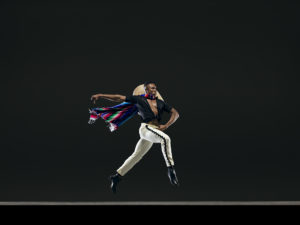
Was it serendipity that brought dances born in village plazas into this new venue, one of the temples of “high art?” Perhaps, but it’s good to remember that before they thrived in salons and court theaters, both opera and ballet had put down roots in popular culture. For the SFEDF, or as the dancers call it, “the Ethnic,” the new venue this theater offers a welcome opportunity to stretch its reach and claim its place as one of the Bay Area’s preeminent cultural institutions. After all, it was in this Beaux-Arts palace that countries from around the globe gathered in 1945 to found the United Nations. Also, if new museums, just by their very existence, dramatically increase their visitor count, there is no reason why SFEDF should not become more alluring to a wider audience and practitioners of other dance genres.
Yet this change of venue came only after several years of uncertainty and struggle for World Arts West (WAW), which produces the SFEDF. Executive Director Julie Mushet, always positive and who might be considered an SFEDF lifer—especially as she gets excited looking at the latest programs submitted by this year’s participants—recalls her frantic search for an appropriate SF theater. WAW had had high hopes to be considered as one of the developers for a revamped Palace of Fine Arts, their home for the last 23 years. “They didn’t even consider our proposal,” she explained, “because we didn’t have twenty millions in cash. Are there any non-profits who even have that kind of money?”
As it turned out the two potential hotel developers for the Palace of Fine Arts dropped out, as did the third candidate—for a museum. Then Mushet found out that even after the parking lots at the Palace of Fine Arts would be re-opened, the theater would no longer be available to them. So Mushet hit the phone, and finally called the Opera who not only invited them in, but also confirmed that they would be welcome for the festival’s 40th anniversary celebration (July 14-15 and 21-22, 2018).
Did the Opera give SFEDF a break on the cost to rent the theater? “No,” Mushet smiled, “we pay full price.” The rental fee will be around $250,000, compared to the Palace’s $103,306. During the last six years, because of limited or nonexistent parking at the Palace, WAW lost close to $500,000 in ticket income. Considering the way the funding situation is these days, one has to admire the guts and willingness to move forward by Mushet and her board of directors. “We understand that the Opera House is a bigger venue with a moderately larger fixed cost than was incurred at the Palace of Fine Arts. However, with its much more convenient location and the cachet associated with the Opera House we are anticipating a larger audience. Fingers crossed that this comes to pass!”, explains SFEDF Treasurer Sydney Firestone.
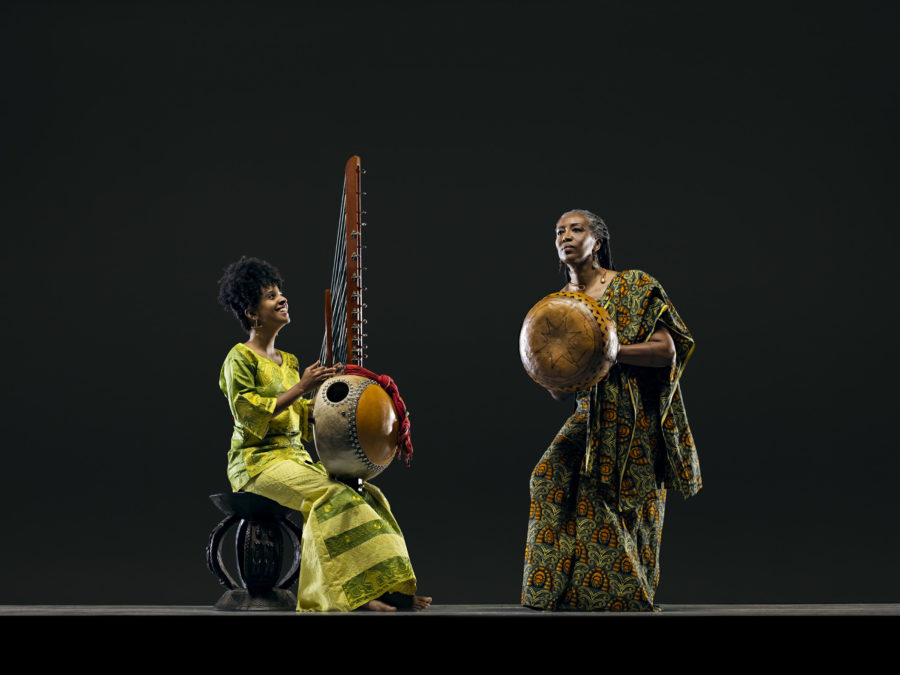
A few years ago, SFEDF practically dominated the month of June with its four weekends of performances. Now their overall budget has shrunk by 20 percent, and many funders—both corporate and foundations—have disappeared. Mushet remembers a recent conversation with one potential donor who told her that SFEDF was behind the times and that they should turn it into a competition, in which the audience would determine the winner. “Does everything we do,” Mushet lamented, “have to be a competition? Isn’t there room for getting together and enjoying something beautiful?”
Over the last decade or so, SFEDF’s artistic quality has consistently risen. The dancers perform with expertise and commitment. The staging has become more proficient. The shows flow more smoothly. SFEDF presents dances to live music, “whenever possible,” Mushet clarifies. It is also be worth remembering that this summer might be a first for the Opera House: performers on stage who only dance for the love of it. No dancers get paid. SFEDF pays the companies a small honorarium according to their size. Maybe this is one reason that in 2012 an East Coast, post-modern choreographer, acquaintance of mine asked herself what she had carried away from a program she had just seen. Her answer, “They performed with such joy.”
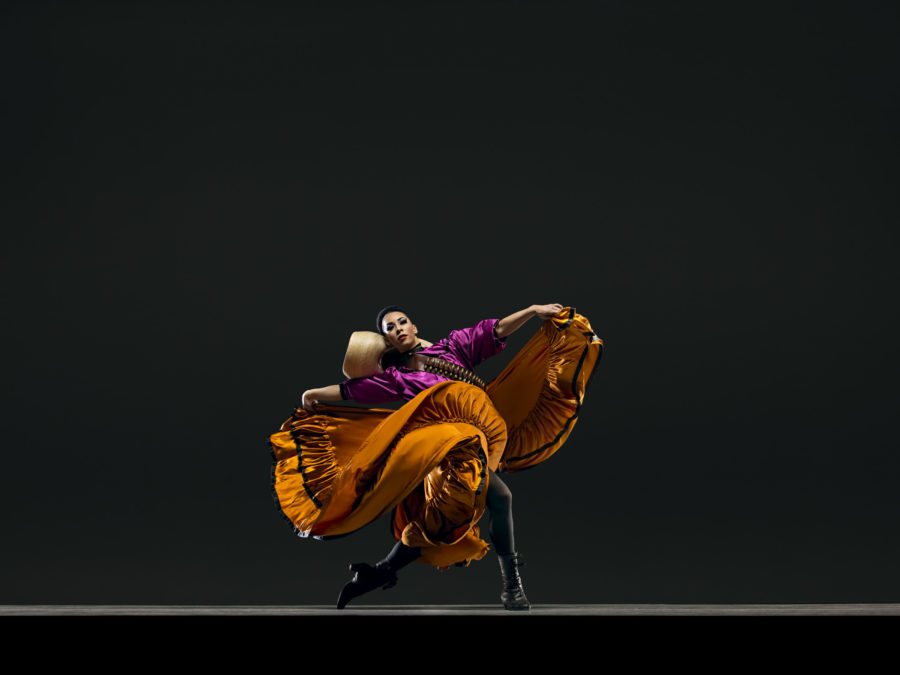
Directors of Bay Area world dance ensembles often return to the sources of their artist inspiration to deepen their knowledge and performance practice. Mushet recalls that in 2007 SFEDF received a small grant to send LIKHA Pilipino Folk Ensemble’s Artistic Director, Rudi Soriano to Palawan, Philippines to study with his Batak mentor. The following year the village chief participated in SFEDF and videotaped San Francisco’s artists. Upon returning to the Philippines, he discovered that his previously lackluster students began to develop a new appreciation for their own culture.
Choreographer and San Francisco Ballet Character Dancer Val Caniparoli has “attended the SF Ethnic Dance Festival for years and still is in awe of the diversity and the many ethnic organizations that thrive in the Bay Area.” In 1994, when he was working on his SF Ballet commission Lambarena: Bach to Africa, he sought out Diamano Coura West African Dance Company’s founder/directors Zakariya Diouf and Naomi Gedo Diouf. Still full of admiration, he recalls them as “amazing mentors and collaborators. They have affected how I choreograph—with a newly found sense of freedom.“ (on July 8, Naomi Gedo Diouf will receive this year’s SFEDF’s Malonga Casquelourd Lifetime Achievement Award)
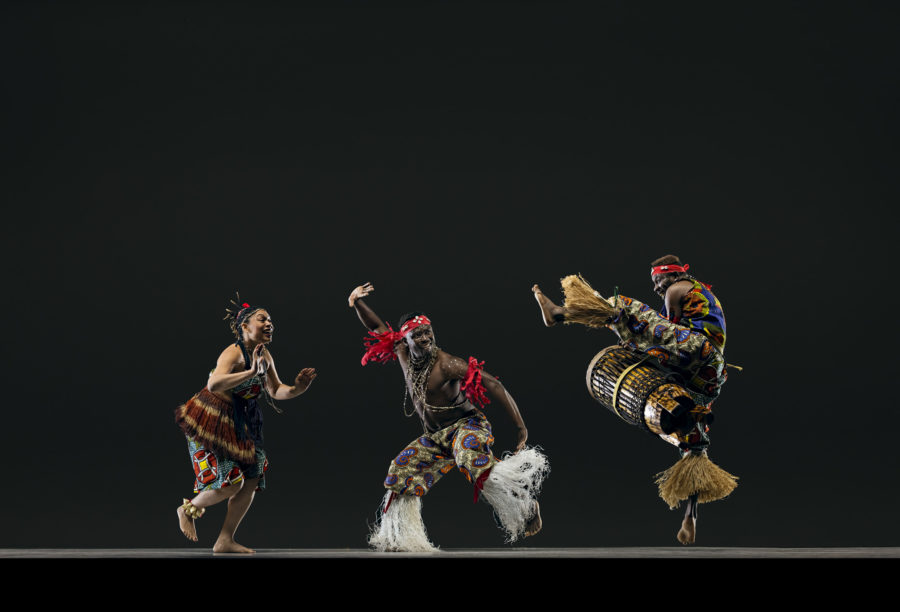
For the last 12 years the two Co-Artistic SFEDF Directors, Carlos Carvajal and CK Ladzekpo, have planned the programs with artists chosen from the pool of those qualified from the auditions. Carvajal, folk dancer in his teens before Ballet and choreography claimed him, explains; “I have European and some Asian experiences; CK knows all about dance and music of Africa and the African Diaspora.” Through their work curating the festival they have grown so close that they call each other “brother.”
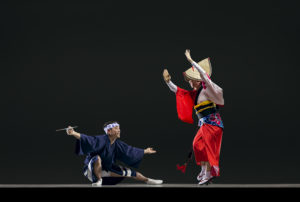
Guiding the dancers through the process of trying to reach the Opera House’s 3,200 potential audience members—the Palace seated 966—did provide some challenges. Carvajal, who has performed in the Opera House many times during his time with SF Ballet, thinks the deeper stage will work beautifully though. Production values, however, had to be improved. Dancers will need to project more. Because of the theater’s size, some intimate dance forms could not be accommodated. Current programming had to be reduced to two weekends of two programs with two performances each. For the first time, some artists were invited without having to audition since the Festival considers them important to widen its audience appeal. 24 acts are scheduled, some of them in pre-performance settings.
SFEDF at the Opera House sounds good but that’s not the end. What the organizers really dream about is an International Festival of World Music and Dance—in the Opera House, and the rest of the City. As Caniparoli said, “I believe the sky is the limit on how this Festival can unite and affect all in the Arts community.” And its audiences.


